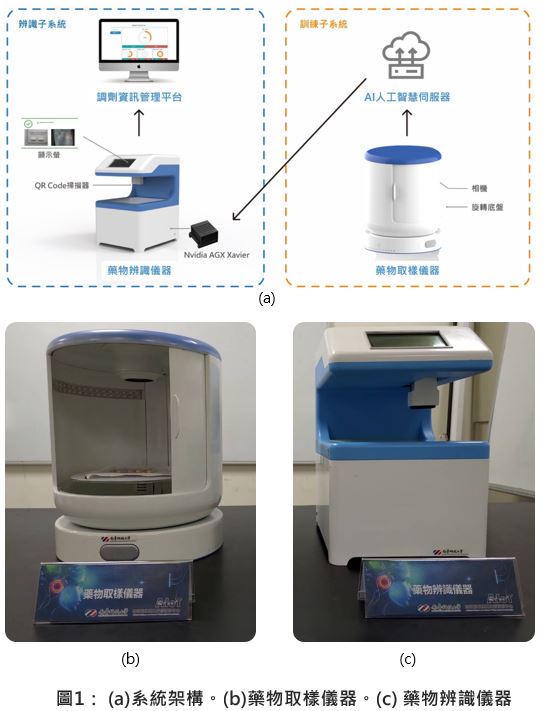| Technical Name | Multiple protective layers for suppressing Li dendrite growth and improving the cycle life of anode-free lithium metal batteries | ||
|---|---|---|---|
| Project Operator | National Taiwan University of Science and Technology | ||
| Project Host | 黃炳照 | ||
| Summary | This technology features a dual-protective coating on a copper current collector that, during charge/discharge, self-assembles in-situ to form multiple lithiophilic alloy layers (Li-Sn/Li-Sr) and a stable, LiF-rich interphase. This effectively suppresses dendrite growth, enabling high-energy-density, long-life anode-free lithium batteries. |
||
| Scientific Breakthrough | The challenge of solid polymer electrolytes and ceramic electrolytes lies in balancing good flexibility and processability, high ionic conductivity and mechanical strength, as well as excellent compatibility with solid-state electrodes. This study focuses on polymer/ceramic hybrid batteries, delving into the interplay between these materials, including detailed interface modeling and analysis. Our principal objective is to elevate the ion conductivity of the electrolyte to a target of 2 mS/cm and enhance the compatibility between the solid electrolyte and the electrode. These efforts collectively aim to elevate the performance of solid-state batteries. |
||
| Industrial Applicability | This technology is applicable to next-generation, high-energy-density batteries, meeting the demands of electric vehicles, consumer electronics, and grid energy storage. The manufacturing process uses mature immersion and coating methods, offering high compatibility with existing lithium-ion battery production lines, cost-effectiveness, and strong potential for mass production and commercialization. |
||
- Contact
- Sheng-Chiang Yang
- scy@mail.ntust.edu.tw
other people also saw





